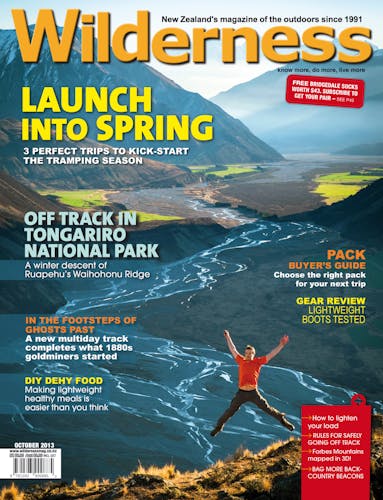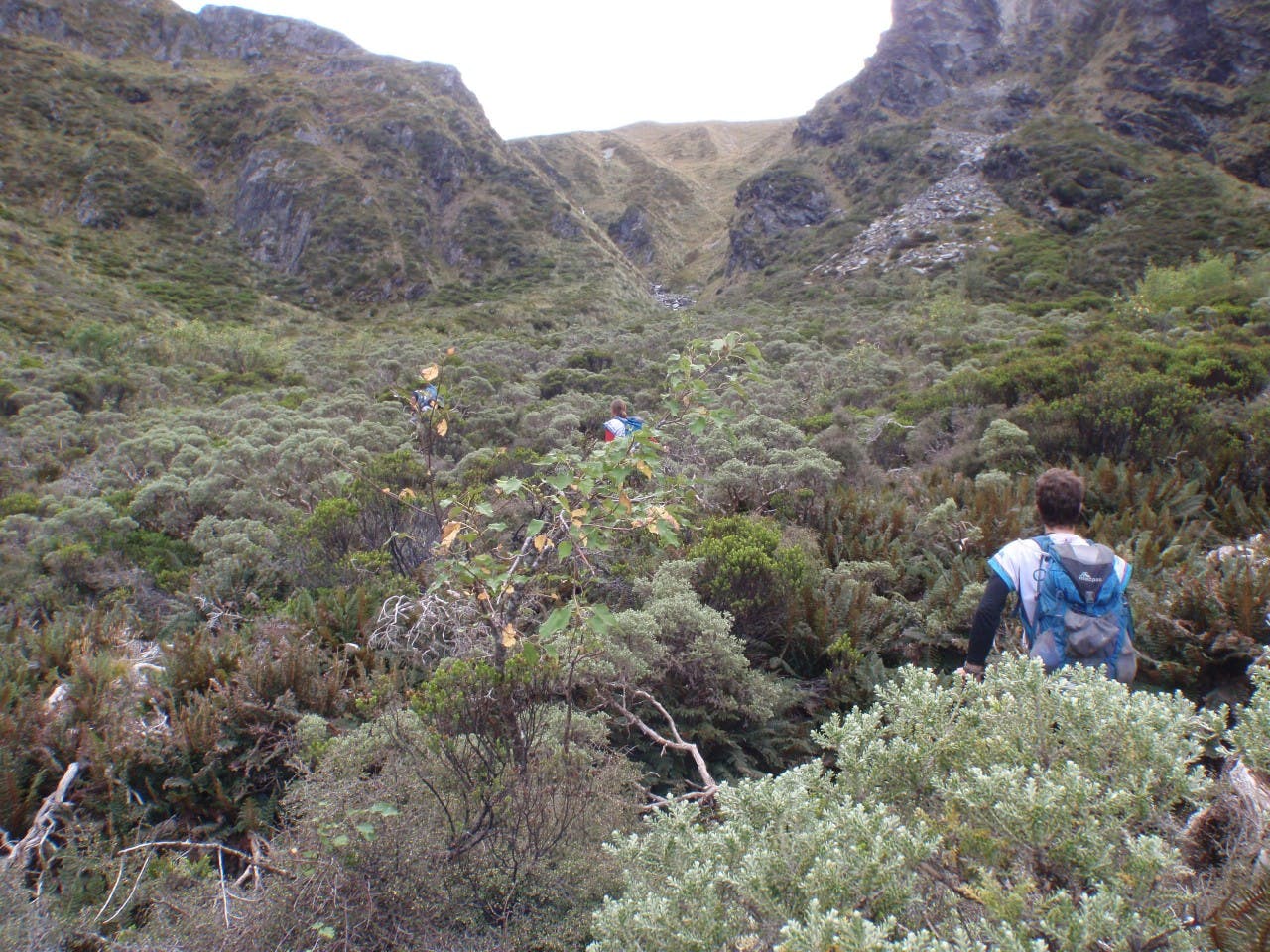Going off track can save time, but it’s not without its dangers, writes Tim Farrant
The shortest way between two points is always a straight line and sometimes this can mean you want to go off track. You need to take extra care when leaving the beaten path and if you do so you must first understand that off track travel can be a gamble. You must be sure to have a sound route planned in advance as you will need to keep following it at all times to avoid getting in trouble. Forests, the dark and low cloud, can be disorientating, so it is a good idea to keep your map and compass out to ensure you do not deviate from your intended direction of travel.
‘Handrails’, or linear features such as rivers and ridgelines, generally make for the best off track routes, but there are no hard and fast rules. The best routes will depend on the local topography and vegetation so it is important to take inspiration from the country you traverse. Keep in mind that ridgelines are good for moving along as there is less vegetation than in the valleys and the southern faces of hillsides often have less undergrowth due to a lack of sunlight compared to the northern aspect. Travel through vegetation will always be slower than moving along a track and you should take this into account before taking that first step off the track.
Always have a back-up plan too, as the map doesn’t always match what is there in reality. So if you are heading through some bluffs for example, make sure you can either back-track or divert to a much safer or easier route even if it means going a bit further because it’s better than being dead.
Going off track is a big step but if you know what you are doing and are confident about doing it, the world becomes a much bigger place!
– Tim Farrant is a former NZ Rogainer of the Year.







